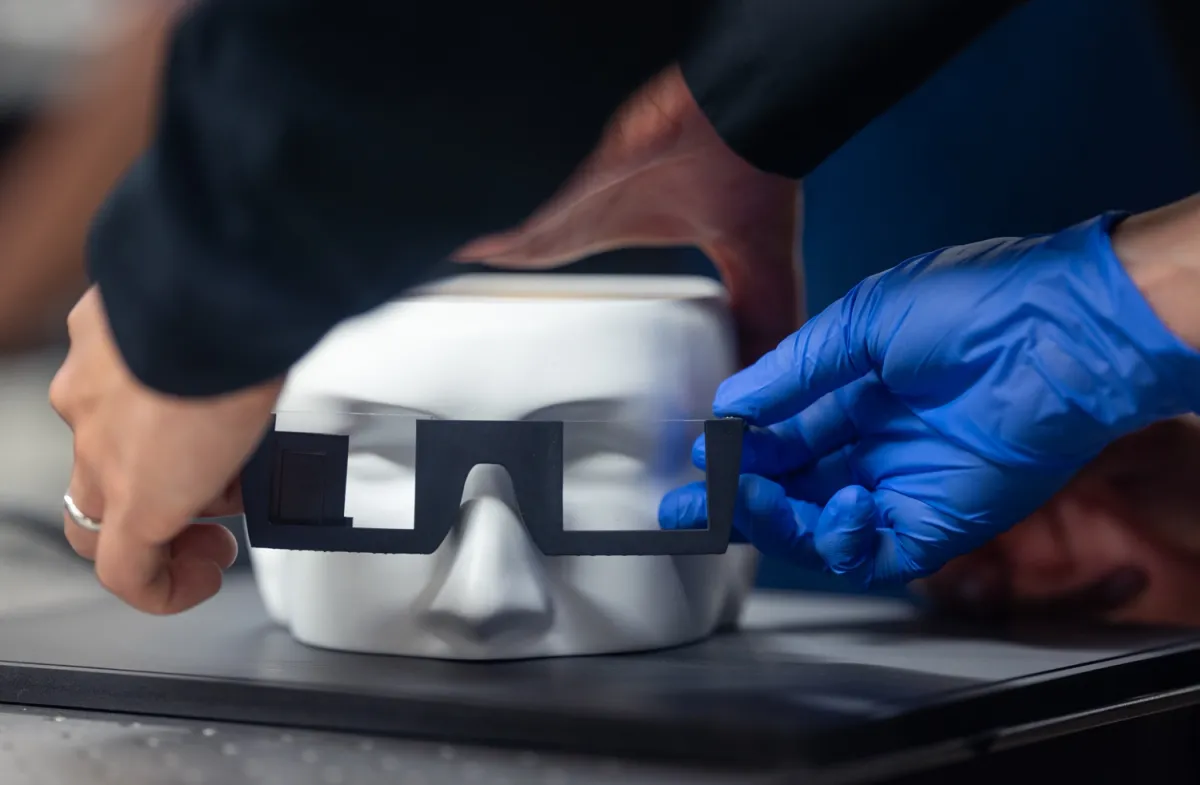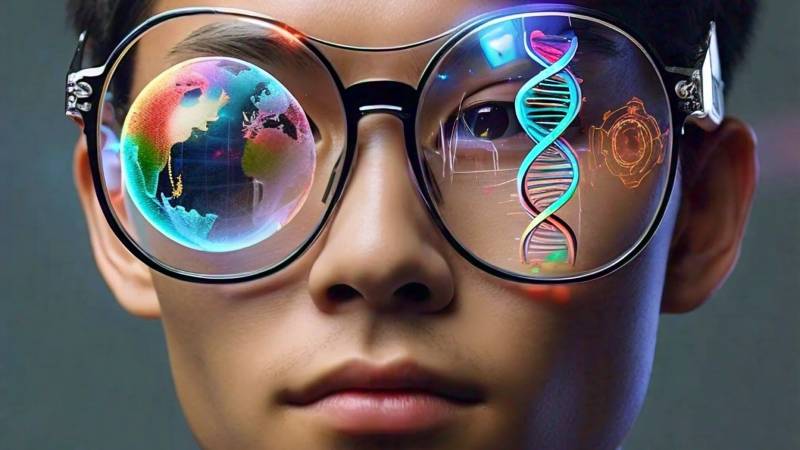Stanford lab shows holographic glasses
Stanford University's Computational Imaging Lab has recently unveiled a groundbreaking prototype for augmented reality (AR) glasses that utilize holographic technology

Stanford University's Computational Imaging Lab has recently unveiled a groundbreaking prototype for augmented reality (AR) glasses that utilize holographic technology. This innovation represents a significant leap in AR development, primarily because it integrates advanced holography and artificial intelligence (AI) to create a more compact and visually impactful device compared to traditional AR systems[1][2][3][4][5][6][7].

Key Features and Technological Innovations
The prototype developed by Stanford features several key innovations that distinguish it from existing AR technologies:
- Holographic Imaging: The use of holography, a technique developed in the 1940s, allows for more accurate depth cues and a more natural visual experience, which traditional AR systems have struggled to achieve. This approach helps in reducing the nausea-inducing effects often associated with current 3D imaging technologies[1][4][7].
- AI-Enhanced Imaging: AI algorithms are employed to enhance the quality of the holographic images. This integration allows for more detailed and realistic projections, which are crucial for applications requiring high levels of precision and realism[1][2][4][5].
- Nanophotonic Metasurface Waveguides: These waveguides are a critical component in reducing the bulkiness of AR devices. By etching nanometer-scale patterns onto the lens surface, these waveguides direct light in a way that allows the device to be as compact as regular glasses while delivering high-quality holographic projections[1][2][3][5][6].
- Compact and Non-Intrusive Design: Unlike the bulky headsets typical of current AR systems, Stanford's prototype resembles a regular pair of glasses. This design is crucial for user comfort and the potential for everyday use, making advanced AR technology more accessible and practical for a broader range of applications[1][2][4][5].
Potential Applications
The potential applications of this technology are vast and varied:
- Medical Field: Surgeons could use these glasses for planning and performing complex surgeries with greater precision[1][4].
- Engineering and Mechanics: Engineers and mechanics could use the technology for training and real-time assistance when working on complex machinery[1][4].
- Education and Training: The educational sector could utilize these glasses for more interactive and immersive learning experiences[5].
- Entertainment and Gaming: In the entertainment industry, these glasses could provide a new level of immersive experience for games and other forms of media[1][5].
Challenges and Future Prospects
While the prototype shows immense promise, there are several challenges that the Stanford team needs to address before this technology can reach the consumer market:
- Field of View: The current prototype has a relatively narrow field of view (11.7 degrees), which is significantly less than other AR systems like Magic Leap 2 or Microsoft HoloLens. This limitation could affect the user experience and needs to be improved in future iterations[2][6].
- Market Integration and Consumer Acceptance: As with any new technology, integrating it into the market and gaining consumer acceptance, especially in a market dominated by established players like Apple and Meta, will be challenging[2][3].
In conclusion, Stanford's new holographic AR glasses prototype represents a significant technological advancement with the potential to transform various industries. By addressing the current limitations and continuing to refine the technology, Stanford's Computational Imaging Lab could indeed set a new standard for what AR can achieve.
Citations:
[1] https://thedebrief.org/stanford-researchers-create-first-ever-augmented-reality-3d-holographic-headset-using-ordinary-glasses/
[2] https://www.theverge.com/2024/5/9/24153092/stanford-ai-holographic-ar-glasses-3d-imaging-research
[3] https://9to5mac.com/2024/05/10/vision-pro-to-apple-glasses/
[4] https://news.stanford.edu/2024/05/08/3d-augmented-reality-regular-glasses/
[5] https://interestingengineering.com/innovation/stanford-ai-hologram-3d-views-glasses
[6] https://datafloq.com/read/seeing-believing-stanford-ar-leap-holographic-horizons/
[7] https://news.stanford.edu/press-releases/2024/05/08/3d-augmented-rea-regular-glasses/
[8] https://xr.stanford.edu